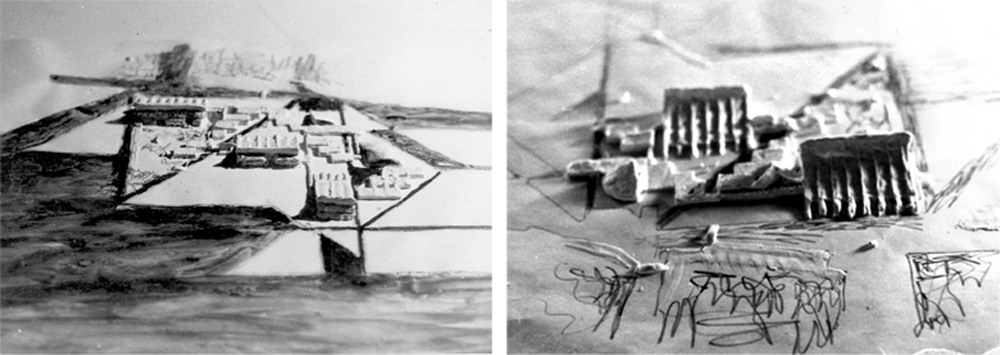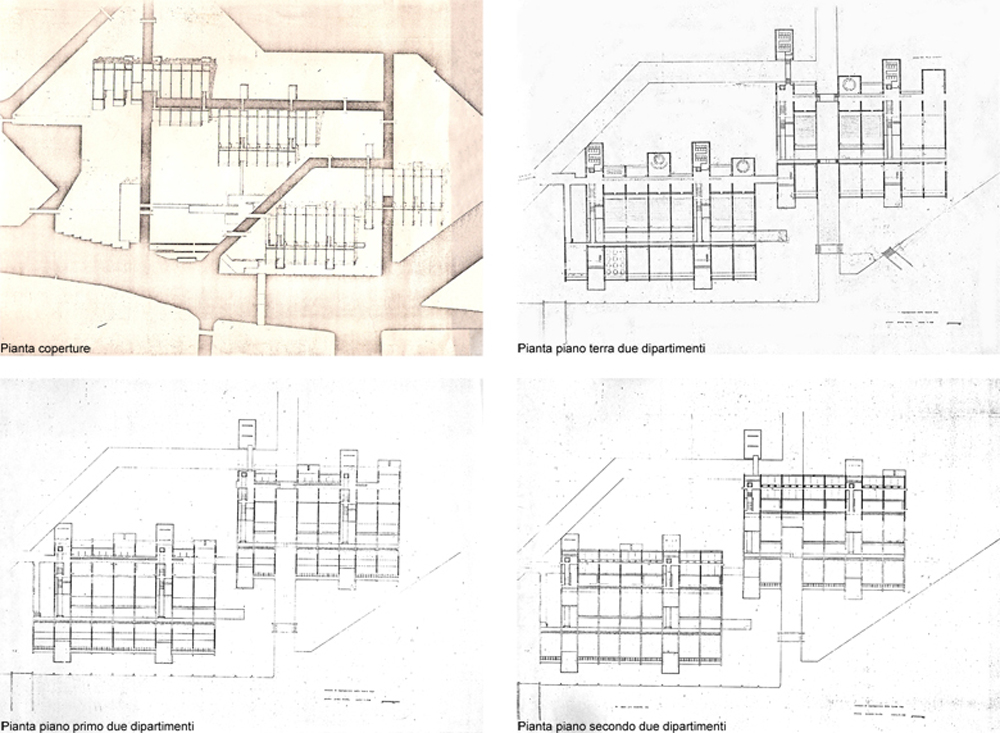

University on the water
1974
Supervisor: prof. Carlo Scarpa
The project interprets and reflects the period of university reform in the 1970s.
This is evidenced by the two distinctly separate levels—the ground floor and the second floor—which are visually connected but not physically linked. Within these levels, there is a functional differentiation: the ground floor houses spaces for collective activities, such as classrooms, practice rooms, open areas for inter-faculty communication, exhibition spaces, and restrooms. The second floor is dedicated to 'specialized' spaces for research, study, and subject-specific work.
Between these levels, the first floor contains departmental administrative offices, professors' offices, technical laboratories, and a small group library. The first floor serves both levels, optimizing movement within the building. The internal transparency between the levels ensures visual communication between different parts of the organizational space.
To promote interaction between the interior and exterior of the faculty, the main library is considered a public facility open to the city, and the traditional lecture hall is transformed into a conference center.
I had the opportunity to choose—within the area behind the Giudecca—the most suitable location for the university structure. I found the area corresponding to the shallow waters surrounding the Stucchi Mill, a figuratively depressed and unfinished area, to be the most appropriate.
The newly designed islands derive from the study of the lagoon’s seabed and respect the layout of the surveyed canals. They artificially reproduce, in a short time, the natural process of lagoon island formation.
A complex such as the one proposed serves as a provocation for the future renewal of the Giudecca island.





